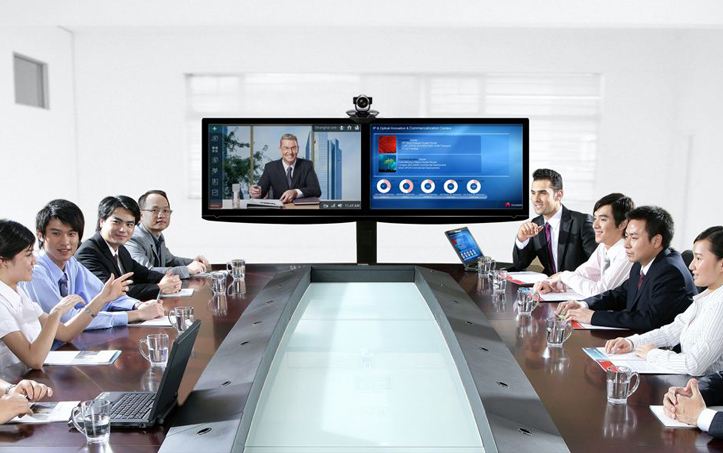Introduction
In today’s interconnected world, home video conferencing terminals have become indispensable tools for seamless communication. These devices, equipped with advanced technology, enable individuals and businesses alike to conduct meetings, collaborate on projects, and stay connected with colleagues and clients regardless of geographical barriers.
Benefits of Home Video Conferencing Terminals
Home video conferencing terminals offer numerous benefits, making them essential for modern communication needs. These devices provide high-definition video and audio capabilities, ensuring clear and crisp communication during virtual meetings. They support multiple participants, allowing teams to collaborate effectively from different locations. Moreover, many terminals integrate screen sharing and file sharing features, enhancing productivity by enabling real-time document review and presentation sharing.
Key Features to Look For
When choosing a home video conferencing terminal, several key features should be consider to ensure optimal functionality and usability. Firstly, compatibility with various conferencing platforms such as Zoom, Microsoft Teams, and Google Meet is crucial for seamless integration into existing workflows. Additionally, HD cameras with pan-tilt-zoom capabilities ensure that participants can be seen clearly, regardless of their position in the room. Advanced microphone arrays with noise cancellation technology help eliminate background noise, ensuring that every voice is heard distinctly during meetings.
Setting Up Your Home Video Conferencing Terminal
Setting up a home video conferencing terminal is straightforward, but attention to detail is essential for achieving optimal performance. Start by selecting an appropriate location with adequate lighting and minimal background noise to enhance video and audio quality. Position the terminal’s camera at eye level to create a natural viewing angle, promoting a professional appearance during virtual meetings. Ensure stable internet connectivity to prevent disruptions and lags that could hinder communication.
Future Trends in Home Video Conferencing
The future of best all in one video conference system looks promising, with ongoing advancements in technology driving innovation. Artificial intelligence (AI) integration is expected to enhance user experience by automating tasks such as scheduling meetings and transcribing conversations in real time. Augmented reality (AR) and virtual reality (VR) capabilities may transform virtual meetings into immersive experiences, allowing participants to interact in virtual environments. Furthermore, improve security measures will continue to safeguard sensitive information exchange during video conferences, addressing concerns about data privacy and confidentiality.

